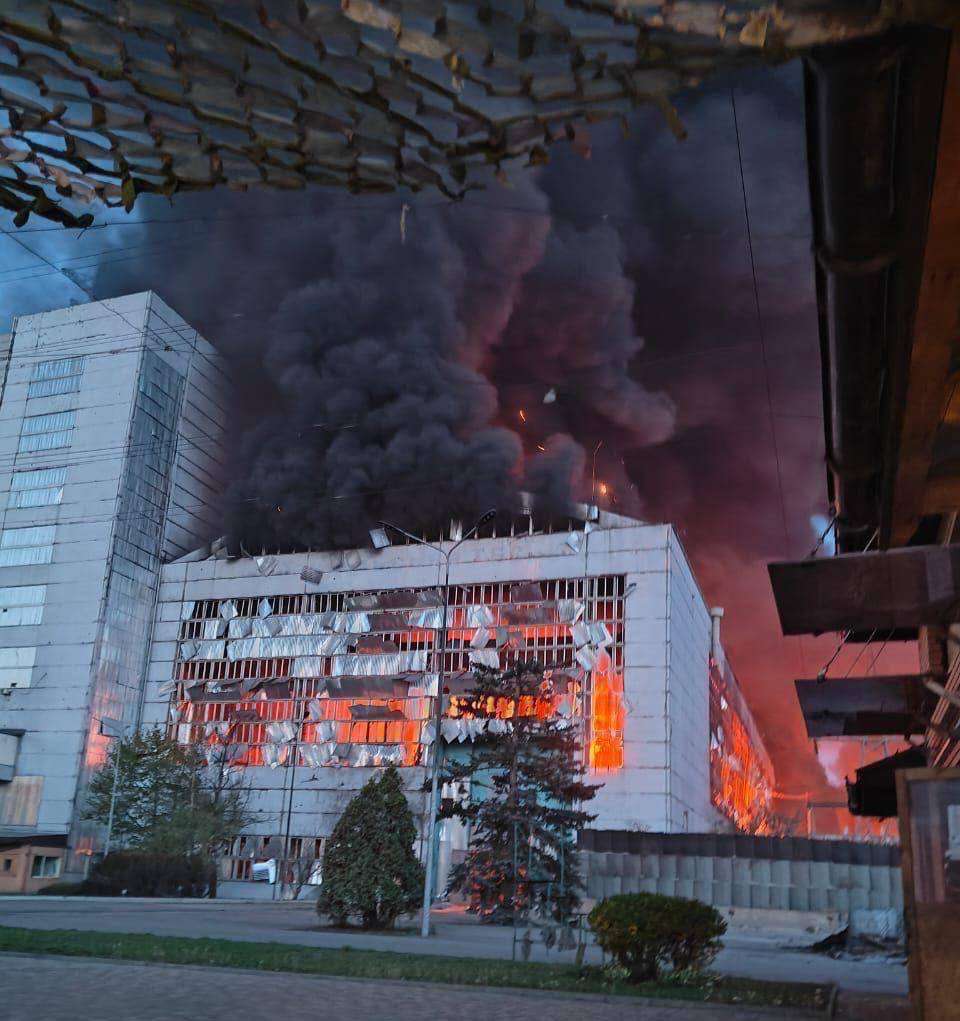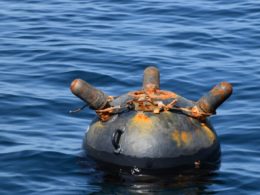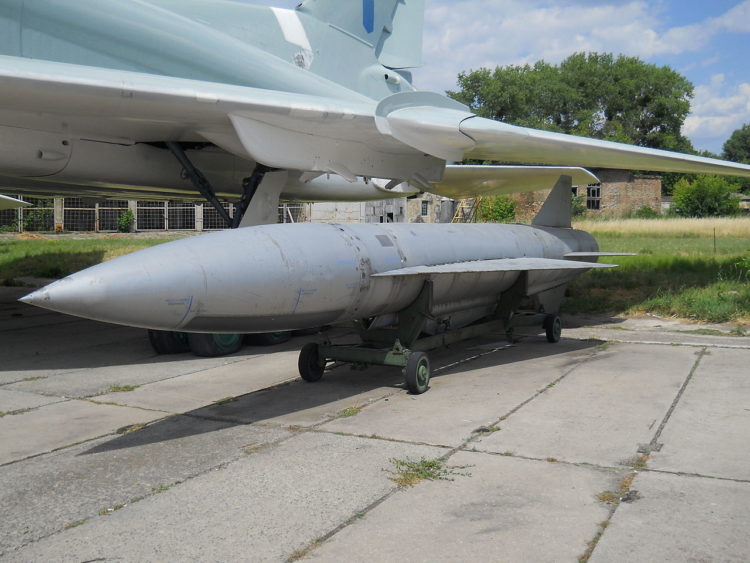During the massive shelling on 28 November, Russian occupiers deployed "Kalibr" cruise missiles with cluster munitions, which present a dual threat, said military expert and reserve major of the Ukrainian Armed Forces, Alexei Hetman, in a comment to RBC-Ukraine.
Hetman explained that the area affected by cluster munitions depends on the altitude at which the missile detonates. The higher the explosion, the larger the affected area, but with a lower density of impact.
"The double danger comes from both the wide area of coverage and the risk of delayed detonation. These munitions are hazardous because something as simple as a dog running by could trigger an explosion," Hetman noted.
He added that cluster munitions are typically used in areas lacking armored fortifications.
The 28 November Russia attack involved 188 aerial weapons launched from multiple regions in Russia. Ukrainian air defense troops intercepted 76 Kh-101/Kalibr cruise missiles, three guided aviation missiles Kh-59/69, and 35 attack drones launched from Belgorod Oblast, the Black Sea area, Kursk, Primorsko-Akhtarsk, Oryol, Bryansk, and Millierovo. One civilian woman was injured by the Russian strike.
Ukraine's power grid operator, Ukrenergo, reported emergency power cuts in different regions during the attack.
Related:
- Widespread power outages follow Russian drone and missile assault on Ukraine
- Biden administration pushes Ukraine to mobilize young men from 18
- US sends emergency aid to Ternopil after Russian attack on infrastructure
- Russian drone attack injures two in Kyiv




